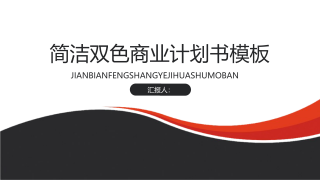内部控制质量与财务风险的相关性研究——基于沪市制造业的经验证据
浙江财经学院硕士学位论文I摘要经济全球化的今天,企业所处环境的不确定性更高,面临的风险也更大。如何提高企业应对风险的能力,使其能够在激烈的市场竞争中可持续发展是一个迫切而有价值的议题。美国安然公司、雷曼兄弟公司的破产倒闭等,国内的如因“毒奶粉事件”倒下的三鹿集团、近期的温州企业破产潮、因资金链断裂而陷入破产传闻的绿城集团等案例反映出目前除了严峻的外部经济形势对企业的冲击外,企业内部自身的控制也存在着诸多缺陷,加剧了企业的风险。而企业面临的经营风险、违规风险等诸多风险最终都会体现到企业的财务业绩中来,反应在企业的财务指标中。因此本文以内部控制为切入点,深入研究了企业内部控制与财务风险的内在关系。...
相关推荐
-
人教PEP英语-((开学摸底测试 综合提升卷)2023-2024学年五年级英语上册开学摸底考试卷(一)(人教PEP版)VIP免费

 2024-09-30 8
2024-09-30 8 -
人教PEP英语-((开学摸底测试 重难点必刷卷)2023-2024学年四年级英语上册开学摸底考试卷(二)(人教PEP版)VIP免费

 2024-09-30 9
2024-09-30 9 -
人教PEP英语-((开学摸底测试 重难点必刷卷)2023-2024学年五年级英语上册开学摸底考试卷(二)(人教PEP版)VIP免费

 2024-09-30 7
2024-09-30 7 -
人教PEP英语-((开学摸底测试 综合提升卷)2023-2024学年四年级英语上册开学摸底考试卷(一)(人教PEP版)VIP免费

 2024-09-30 7
2024-09-30 7 -
人教PEP英语-(2023-2024学年六年级英语上册开学摸底考试卷A卷(人教PEP版)VIP免费

 2024-09-30 8
2024-09-30 8 -
人教PEP英语-(2023-2024学年六年级英语上册开学摸底考试卷B卷(人教PEP版)VIP免费

 2024-09-30 8
2024-09-30 8 -
人教PEP英语-(开学摸底测试 易错题精选卷)2023-2024学年五年级英语上册开学摸底考试卷(三)(人教PEP版)VIP免费

 2024-09-30 7
2024-09-30 7 -
外研版英语-(开学摸底测试 易错题精选卷)2023-2024学年六年级英语上册开学摸底考试卷(三)(外研版三起)VIP免费

 2024-09-30 8
2024-09-30 8 -
外研版英语-(开学摸底测试 易错题精选卷)2023-2024学年五年级英语上册开学摸底考试卷(三)(外研版三起)VIP免费

 2024-09-30 8
2024-09-30 8 -
外研版英语-(开学摸底测试 重难点必刷卷)2023-2024学年六年级英语上册开学摸底考试卷(二)(外研版三起)VIP免费

 2024-09-30 8
2024-09-30 8
相关内容
-
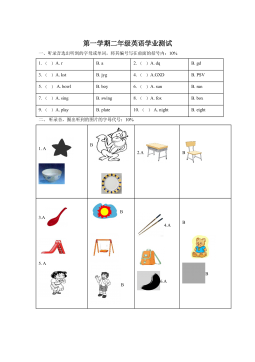
2021-2022学年牛津上海版(试用本)二年级上册期末模拟测试卷英语试卷(解析版)
分类:中小学教育资料
时间:2024-11-19
标签:无
格式:DOC
价格:5 积分
-
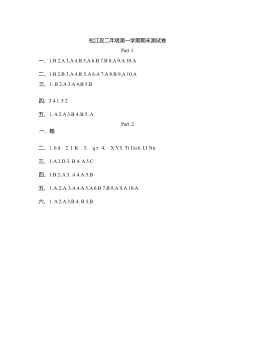
2019-2020学年2年级松江区英语上期末试卷答案
分类:中小学教育资料
时间:2024-11-19
标签:无
格式:DOCX
价格:5 积分
-
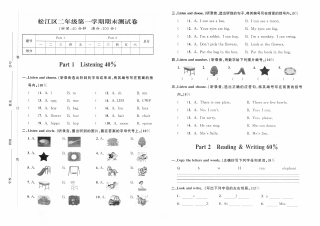
2019-2020学年2年级松江区英语上期末试卷
分类:中小学教育资料
时间:2024-11-19
标签:无
格式:PDF
价格:5 积分
-
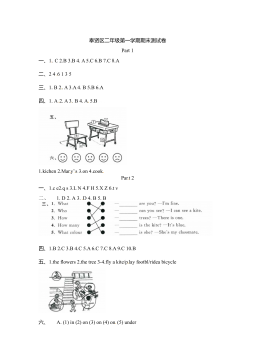
2019-2020学年2年级奉贤区英语上期末试卷答案
分类:中小学教育资料
时间:2024-11-19
标签:无
格式:DOCX
价格:5 积分
-
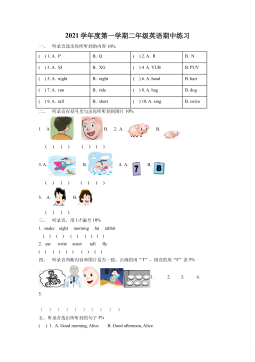
2021-2022学年牛津上海版(试用本)二年级上册期中模拟测试英语试卷(原卷版)
分类:中小学教育资料
时间:2024-11-19
标签:无
格式:DOC
价格:5 积分


